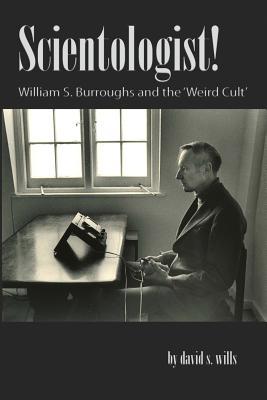Scientology is largely overlooked in major texts about the life and work of William S. Burroughs, author of some of the most notorious literature of the 20th century. Its importance in the creation of the Cut-up Method and Burroughs' view of language as a virus is undermined by the omission of details regarding his interest in the religion over the course of a decade - certainly the most creatively fertile period of his life. Instead, biographers and critics tend to focus on his other obsessions in the realm of fringe science, and on the period during the early 1970s when Burroughs left the religion and began a public crusade against it.
However, Burroughs' involvement with L. Ron Hubbard's organization was no fleeting interest; he was a fully-fledged member and even obtained the rank of 'clear' - a prestigious achievement for a Scientologist. Scientology ultimately inspired the plot, the structure, and various elements of some of Burroughs' most important works, including The Soft Machine and The Wild Boys. His fascination was genuine, and his progress through the hierarchical structure of the Church signals a dedication that he would later downplay after being excommunicated in 1969.
Now, for the first time, his life and literature are reexamined in the light of newly uncovered information about Burroughs' fascination with this 'weird cult, ' as he once described it.
